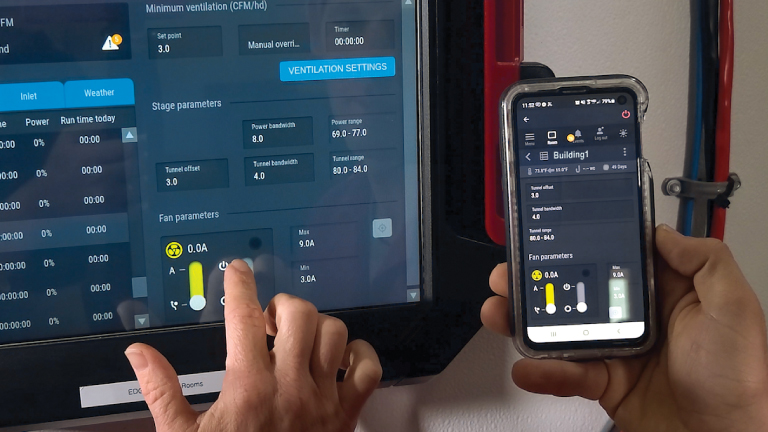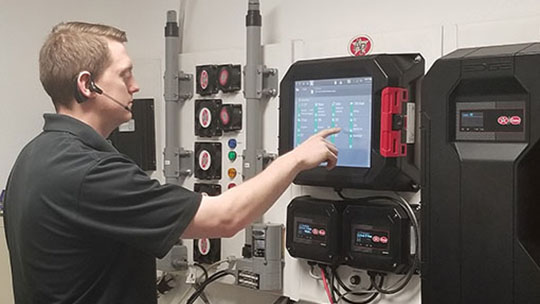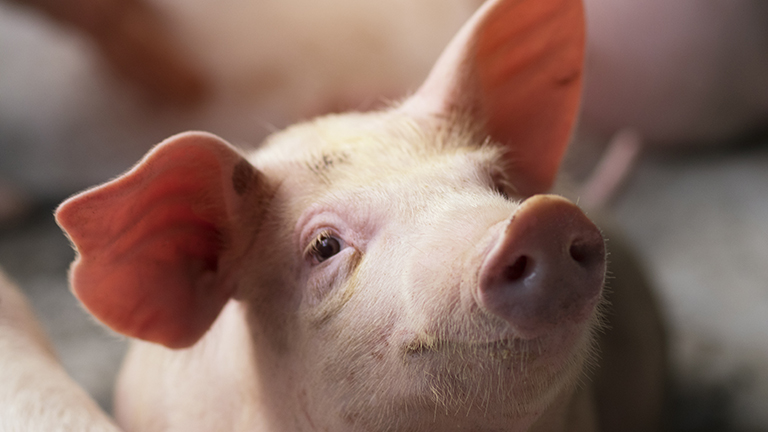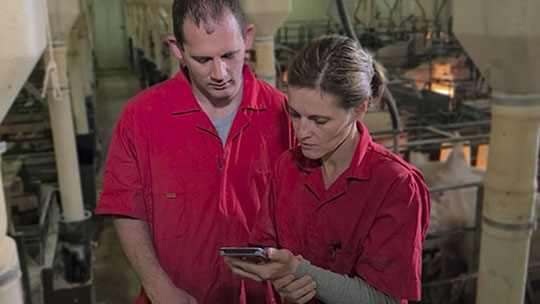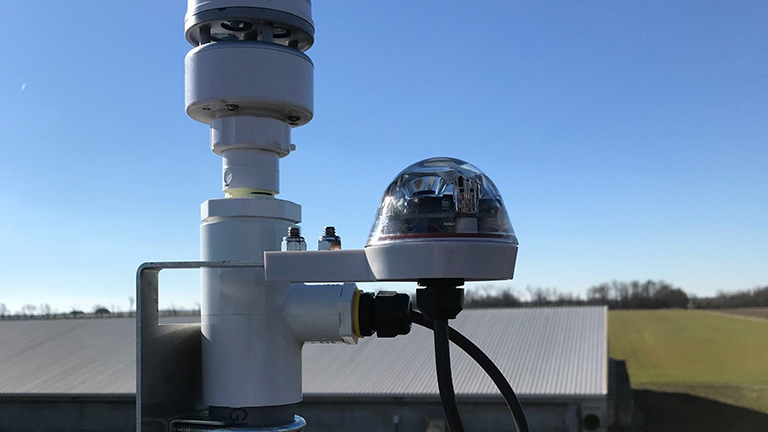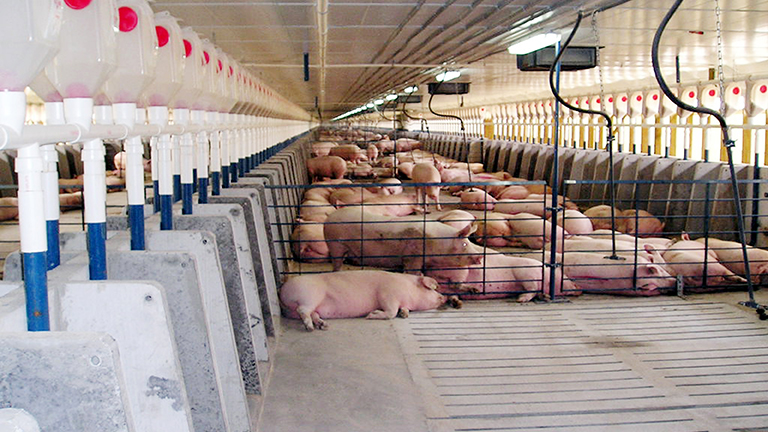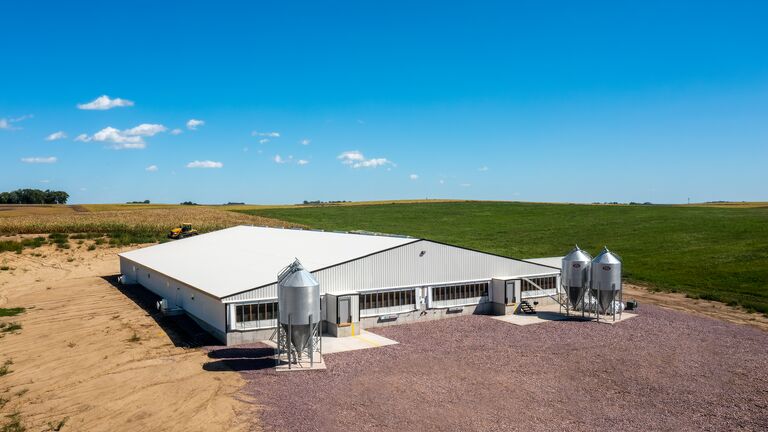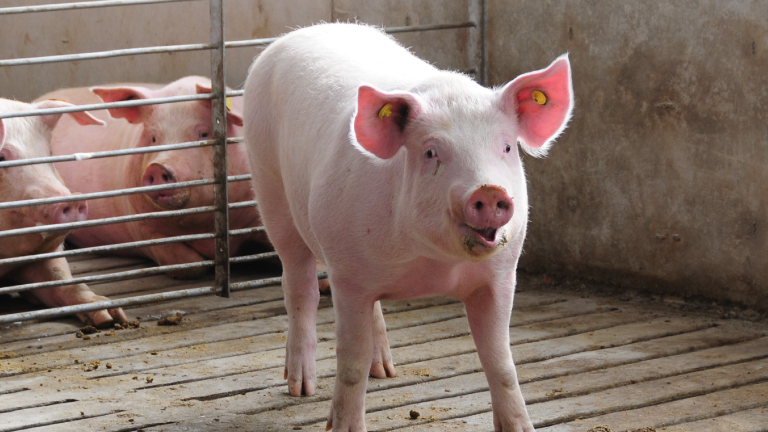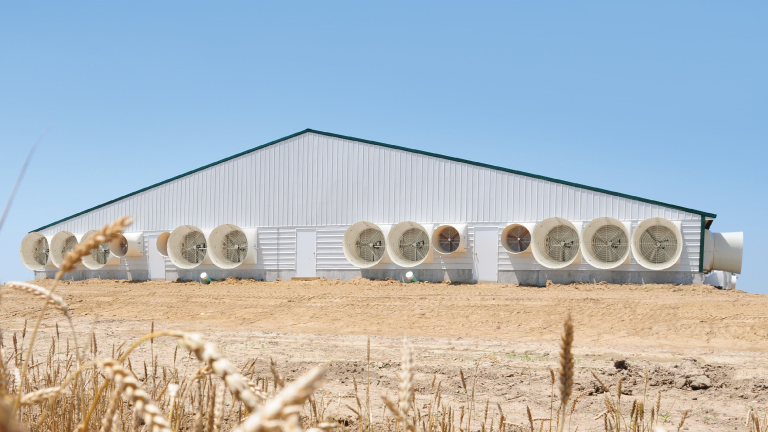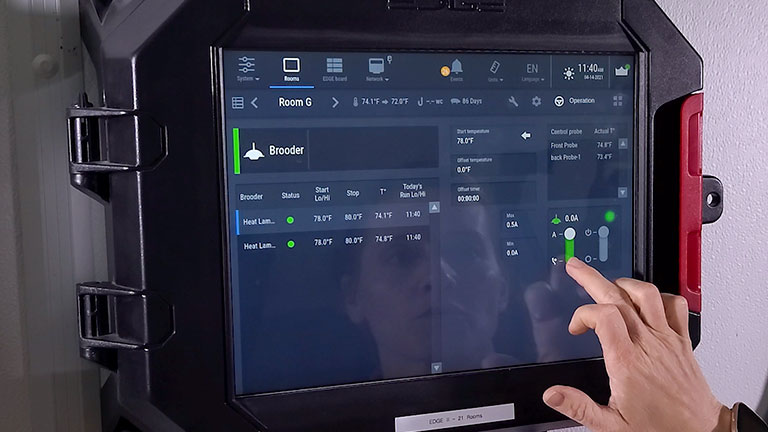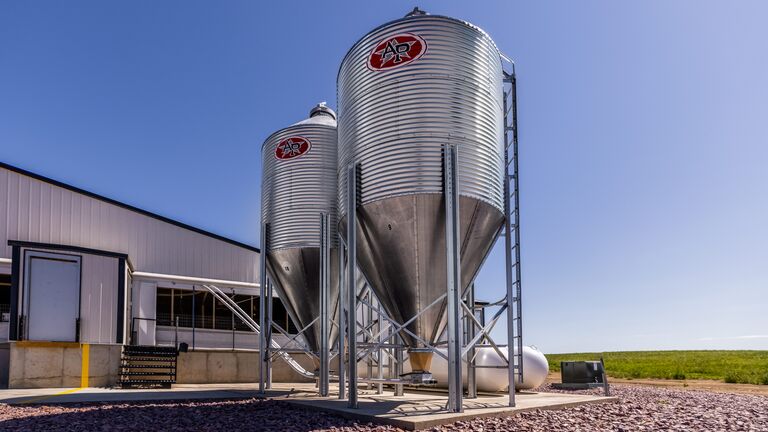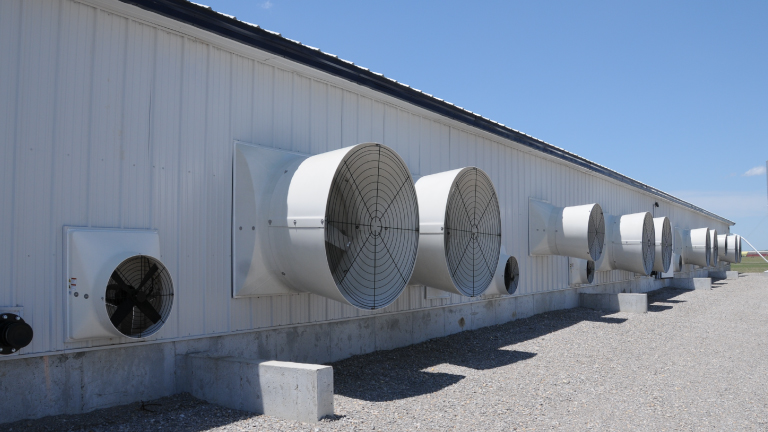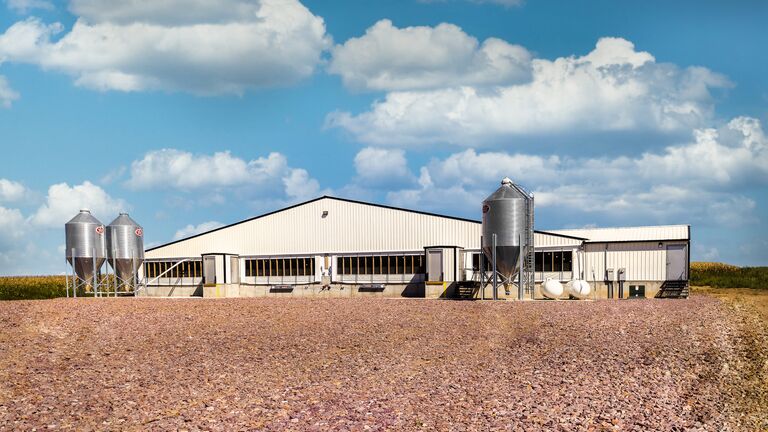Achieving the optimal climate in swine barns requires precise control and distribution of air flow. Adding a weather station to the environmental control system can enhance pig health and productivity, while also enabling swine producers to reduce energy costs.
In a typical barn, controllers operate based on temperature. As the temperature goes up, fans and ceiling inlets are activated to help cool the pigs. But the controller doesn’t react to other weather conditions, such as wind speed, which are measured by a weather station installed on the barn roof.
A weather station lets the controller know what’s going on outside the barn environment.
For example, the controller can be set so that if the outdoor temperature is 78 degrees with a 10 mph wind speed, natural ventilation can be used. Pigs can be cooled by the fresh air coming into the barn without the need to turn on fans, which reduces electrical costs.
Weather stations, which can senses rain, outside temperature, outside humidity, wind speed, wind direction and barometric pressure, also provide another layer of control, essentially allowing producers to use the outdoor weather to help provide the optimal indoor environment. Here are some ventilation scenarios for which weather stations offer the biggest benefits.
WEATHER STATION HELPS IOWA PORK PRODUCER ENHANCE VENTILATION AND REDUCE ENERGY COSTS
Power/natural tunnel ventilation systems
In this scenario, fans operate and air runs through the inlets. The side curtains can be dropped for natural ventilation and as weather turns hot, then the tunnel ventilation systems can be activated pulling in air at one end of the barn and exhausting it through the other end creating a type of wind tunnel to provide cooling.
In this barn environment, a weather station provides the ability to stay in ventilation stages. The barn will remain in the natural state if there is a 10 mph wind outside, allowing the animals to feel cool and comfortable. Producers can also skip ventilation stages. For example, if the morning outside temperature is 72 degrees, the controller can be set to skip power stages and go directly to natural ventilation.
Complete natural ventilation systems
Controller settings in natural ventilation (curtains only, no fans) barns include:
- Curtain drying, which dries out and removes water or materials that might be in the folds of the curtain.
- Wind compensation so that that during high winds, curtains are automatically closed to prevent pigs from becoming chilled. Similarly, misting and stir fans can be controlled based on wind speed parameters.
Power/natural barns
In these barns, fans are used for the first stage of ventilation followed by natural air flow. The controller can be set to skip the fan stage and go directly to natural ventilation based on the outdoor temperature. Curtain drying and wind compensation settings also can be programmed.
Weather station and EDGE controller Since a weather station can sense rain, outside temperature, outside humidity, wind speed, wind direction and barometric pressure. It can be linked to the EDGE or EDGE 2 controller which enable producers to provide another layer of control into how they manage and monitor their swine ventilation system.
The EDGE controller, combined with an AP weather station, can support all three barn types described above to maintain a healthy environment and help reduce energy costs. Barns equipped with AP legacy controllers, such as Expert Natural, Expert PN110 and the Expert Series II, can also be upgraded to provide the same features.
Currently, it is estimated that less that 5 percent of swine barns use weather stations. Weather stations are most commonly found on barns with power/natural tunnel ventilation systems.
As swine producers are faced with rising production costs the addition of a weather station is a sound investment for pig health and cost savings.
To learn more about the AP Weather Station or the EDGE Controller, contact your AP dealer.

